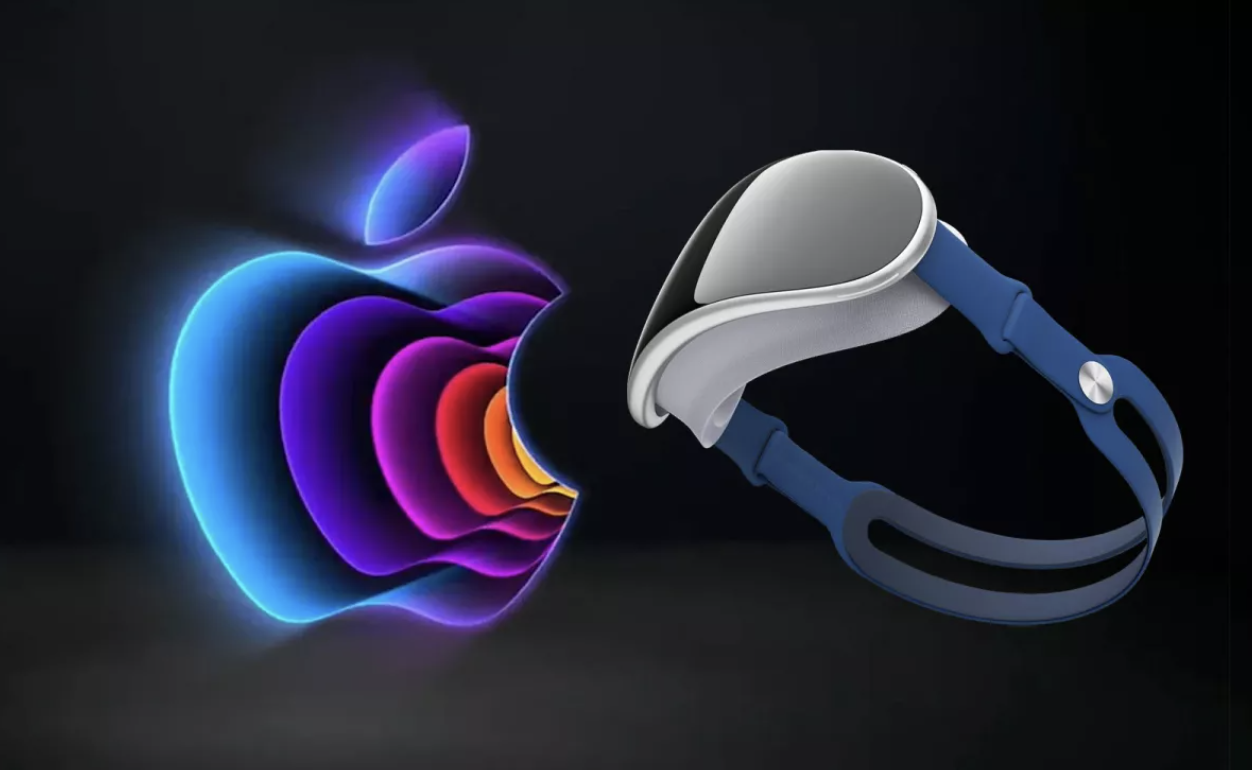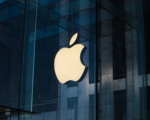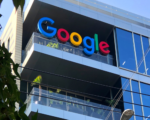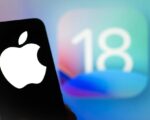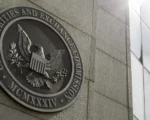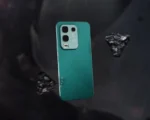2023 has truly been a whirlwind of surprises in the world of Apple news. The sheer volume of unexpected unveilings throughout the year left me genuinely impressed. And let me be clear – these surprises weren’t solely about the anticipated upgrades to iPhones and MacBooks. As someone entrenched in tech reporting for more than 15 years, Apple’s tendency towards predictability has been a consistent narrative. Yet, this year was different; it defied expectations, presenting an array of innovations that were refreshingly unpredictable.
Apple made decisions that rocked our world this year, entering new areas of business, bringing products back that we once thought were goners and taking risks on entirely new software and hardware.
Apple threw a ton of unexpected news nuggets our way. So let’s look back at the biggest Apple news that happened in 2023 and the stories that will shape our world going forward.
Vision Pro becomes a reality
There’s no bigger story for Apple this year than the Vision Pro headset. It was rumored and reported on for years, but Tim Cook finally debuted it to the world in June at Apple’s developer conference WWDC.
But, it’s not quite done yet. We got a preview of what it will look like and even the $3,499 starting price. We learned some things you can do wearing it, how you’ll control it and what you’ll look like wearing it. But we did not see Tim Cook or any Apple executive use it. Only a select group of reporters, including CNET’s Scott Stein, have experienced it in brief demos. The headset even has its own software called VisionOS.
What makes the Vision Pro extra special is that there’s been so much buildup. But it’s not the first time we’ve waited for a new Apple product to launch after its announcement. The first iPhone was announced at MacWorld in January 2007, but didn’t launch for another six months. When the iPad was announced in January 2010, it wasn’t released until April and the Apple Watch was unveiled in September 2014 but went on sale seven months later.
The past six months have included a lot of Vision Pro teases and developer testing. The tech involved does make it a more ambitious product than the first iPhone, iPad or Watch. While there’s still a lot to learn about how it works in the real world, you can be certain that the Vision Pro is going to shape every Apple conversation in some fashion for the foreseeable future. Now, we just have to patiently wait until it is ready to launch in early 2024.
Apple Pay Later and later, Goldman Sachs
Apple also launched two new financial products. The first was a high-yield savings account for Apple credit card customers. Then there was the rollout of Apple Pay Later that gives people the option to pay for purchases with a series of four installments over the course of six weeks.
But it wasn’t all sunshine and rainbows for Apple financial news. Reports show that Goldman Sachs lost billions of dollars trying to build out their operation for the Apple Card. In November, the Wall Street Journal reported that Apple is pulling the plug on its credit card partnership with Goldman Sachs, giving the investment bank a proposal for how to exit its contract over the next 12 to 15 months.
Next year, we could find out which company will be taking over Apple’s credit card and savings account business. Chase and American Express are a couple of the names analysts hope are in the running.
But it’s not great to announce a new product like the Apple Card savings account and read news that your partner wants to leave the deal all in the same year.
Apple Music Classical scores a hit
Apple’s music streaming service took things up an octave and launched Apple Music Classical as an additional perk for current Apple Music subscribers. The project tackles a complicated problem in the streaming world: Find a way to present and organize classical music libraries intelligently, while dealing with over 5 million tracks that span hundreds of years in different styles. A single famous composition can, itself, have hundreds of recordings, and the process can be further complicated by the fact that people need to be able to search for it in different languages.
At launch, I felt Apple made something enjoyable for classical music lovers and for folks who just want to discover new stuff. I wish it wasn’t a separate app from Apple Music. But it had to be its own app because classical music has different data fields from pop. I doubt this is Apple’s coda for classical music and I’m curious if we’ll hear more about how the app will evolve its offerings next year.
Shot on iPhone, USB-C on iPhone
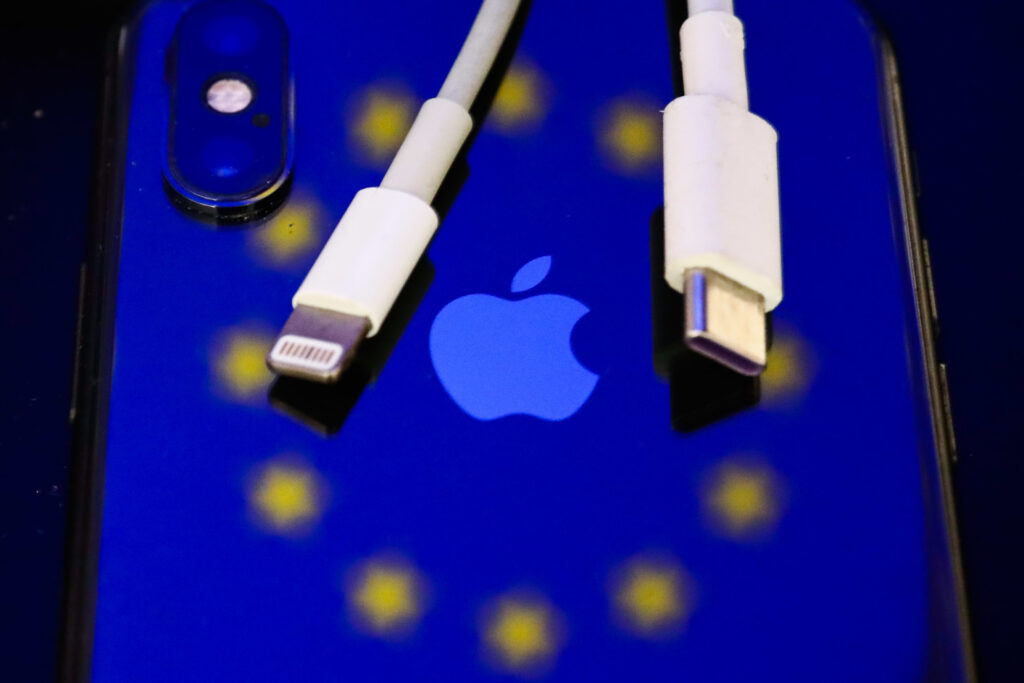
The iPhone had its own slew of changes and additions that shook up the norm. On the iPhone 15, Apple made the switch from lightning to USB-C charging ports. That happened because the European Union adopted a law that made USB-C charging mandatory on all phones and other small devices by 2024. That change alone will shape how we spend money on charging cords and other related accessories that get updated.
But there could be another large change coming to your iPhone next year. The iPhone will support RCS messaging in 2024. That means texts between Android and Apple users can show typing indicators, read receipts and even be more secure.
This also was the first year we saw an entire Apple presentation video that was shot on iPhone. The Scary Fast October event was recorded with iPhone 15 Pro Max cameras. Apple was transparent on how it used a lot of professional gear to make that magic happen, but it showed any doubters that the iPhone 15 Pro really can do it all.
The HomePod strikes back
This year saw the surprising return of the HomePod speaker. Apple’s original smart home speaker debuted in 2018 for $350. A price cut followed, and in 2021 Apple said it was discontinuing the device, shifting focus to the more colorful and more affordable HomePod Mini.
But in January, Apple took us all by surprise with the introduction of asecond-gen model of the HomePod. It looks nearly identical to the original, but changes on the inside improved the sound. The company has been presenting the speakers as something that makes for a better home theater experience with the Apple TV 4K box.
This proves that Apple could make anything return. Will the iPod make a comeback? Hey, it could happen, but it may take a different form.
A FineWoven mess
Throughout 2023, Apple made significant strides toward environmental responsibility. With a commitment to achieve carbon neutrality for all its products by 2030, the tech giant took its first step with the Apple Watch, proudly announcing its status as the company’s inaugural carbon-neutral product. However, the caveat lay in the requirement to purchase Apple’s sport loop fabric band crafted from recycled materials to attain this carbon-neutral status for your Apple Watch.
Additionally, Apple revealed plans to integrate more recycled materials into the manufacturing process of the iPhone while also discontinuing the sale of leather accessories in their stores. Enter FineWoven, a newly introduced alternative product, designed as a replacement for traditional leather iPhone cases. Apple’s pitch centered on the eco-friendly nature of FineWoven, boasting a composition of 68% postconsumer recycled content, positioning it as a more environmentally conscious choice compared to its leather counterparts.
But when Apple makes a product to replace leather and it costs $60, high hopes follow. Once we got the case in our hands, things quickly went south. The FineWoven case doesn’t feel as nice as a leather one and it gets marked up easily, leading to a big ol’ FineWoven flop for Apple.
I hope this doesn’t deter Apple from tinkering in this space. It’s important for Apple to make more of its products and accessories environmentally friendly. The FineWoven debacle was more a lesson in marketing and pricing if anything else.
Apple’s major push into sports gets Messi
In the past year, Apple made a monumental investment in positioning Apple TV Plus as the exclusive home for major league soccer, securing the sole streaming rights for all MLS games over the next decade, an endeavor estimated to have cost the tech giant a staggering $2.5 billion. However, an unexpected narrative emerged.
This year witnessed the sensational arrival of global soccer icon Lionel Messi into the MLS arena, as he relocated to Florida to join the Inter Miami team. Messi, the revered figure who led Argentina to a World Cup victory just the previous year, brought a wave of excitement. Surprisingly, Apple played a pivotal role in enticing Messi to make this move by reportedly offering him a share of revenue generated from new subscribers signing up for Apple TV’s MLS Season Pass.
Nevertheless, an unforeseen setback emerged when Messi sustained a hamstring injury in September, rendering him unable to participate in four critical games—almost half of the season. Consequently, Inter Miami fell short of making it to the playoffs. Yet, this fusion of technology, sports, and unexpected twists in the Apple narrative reverberated across the industry, challenging norms both in the world of sports and in the realm of streaming platforms.


